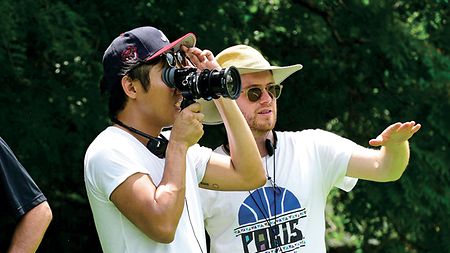Cinematographer Christian Sprenger has shot wildly different but always compelling projects: from FX Network’s quirky "Baskets" (with creators Louis C.K., Zach Galifianakis, and Jonathan Krisel) and "Atlanta" (starring and created by Donald Glover) to the recent indie hit "Brigsby Bear" (with director Dave McCary). He picks his projects, he says, based on the director or creative producer he’ll be working with. “That bond between a director and cinematographer is special,” he says. “Having that collaboration is the most important factor to me. When I have that, whatever I’m working on can really come alive, no matter the content. And then we have the connection to the audience, and that’s the magic of storytelling. So I try to choose projects where I can foster a healthy relationship with the director, and that’s led to an eclectic body of work.” It is also fun, he admits, to “bounce around” and try different genres and styles. “I’m always conscious of not doing too much of the same thing,” he says. “I choose projects where I know I can stretch myself creatively and push the boundaries.”

Spotlight on DP Christian Sprenger
For both "Atlanta" and "Brigsby Bear," Christian Sprenger made an interesting choice to shoot with the ARRI AMIRA.

